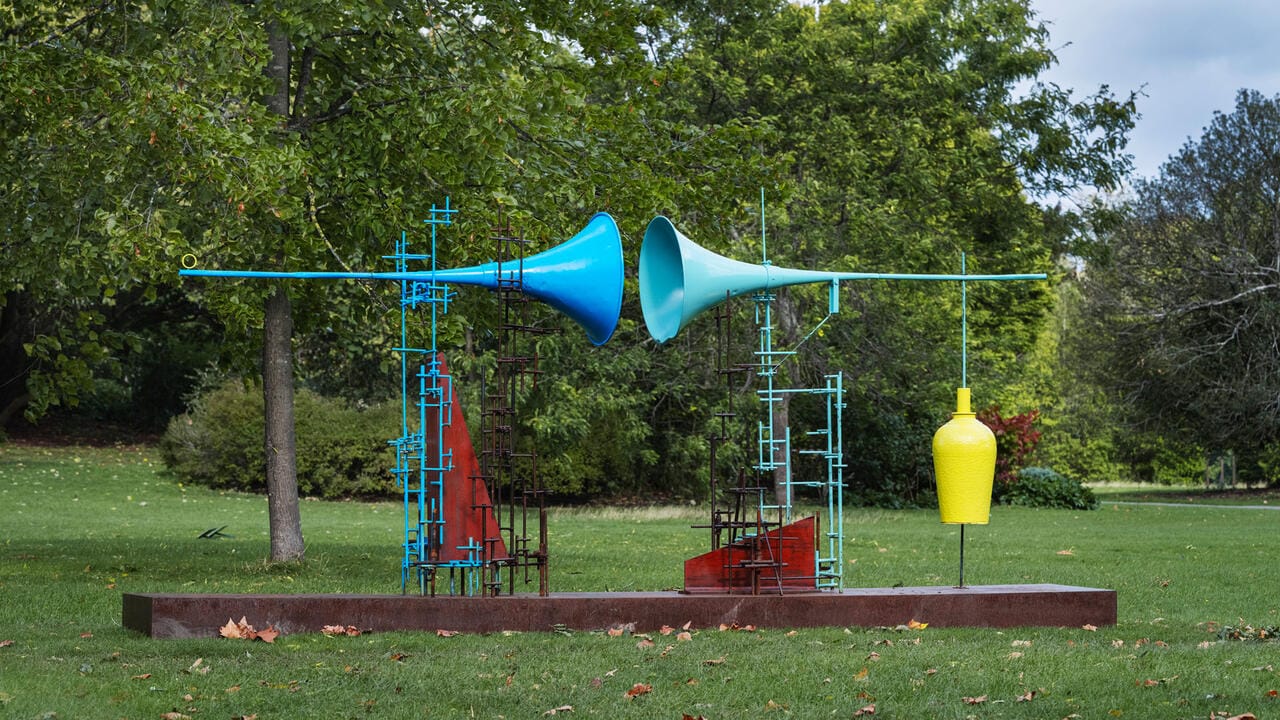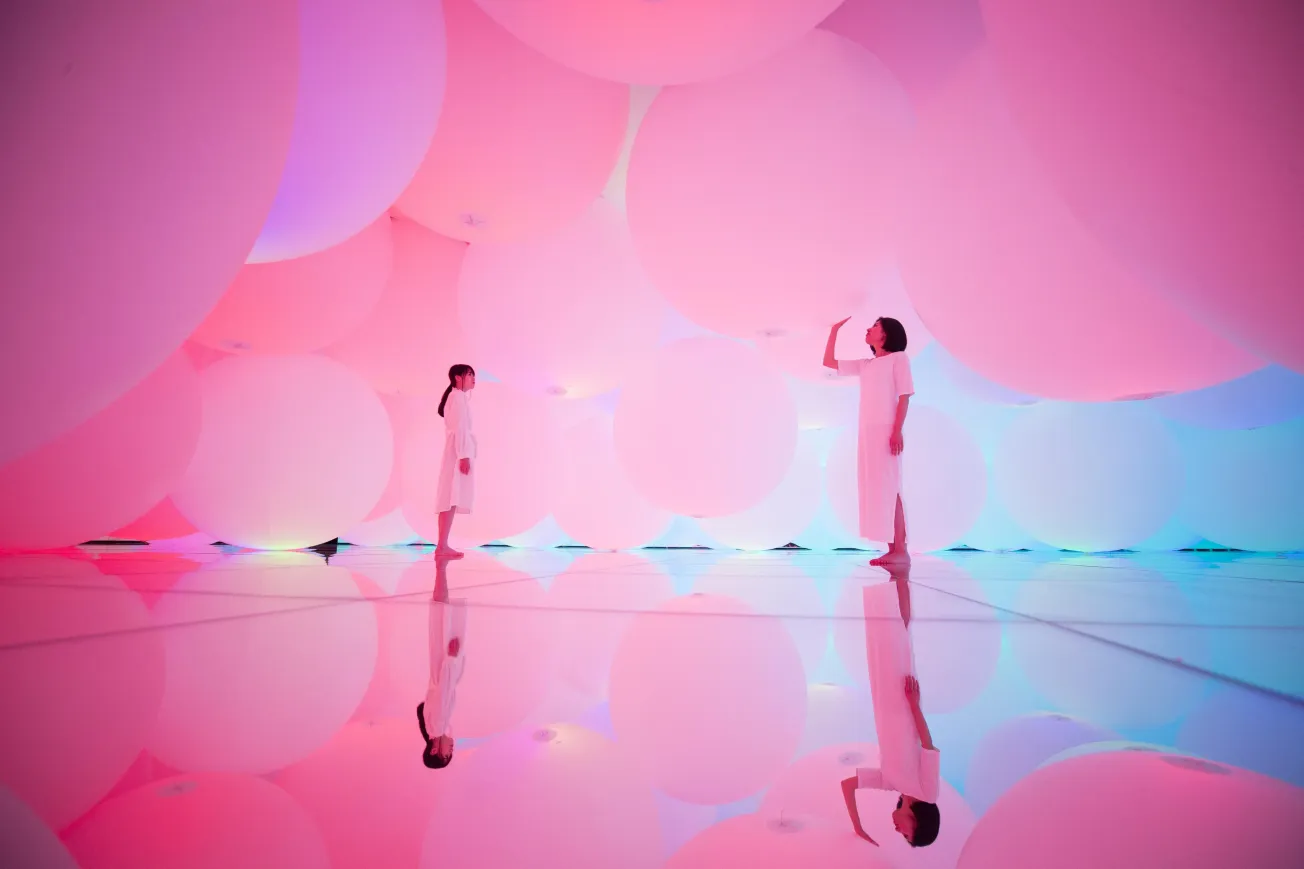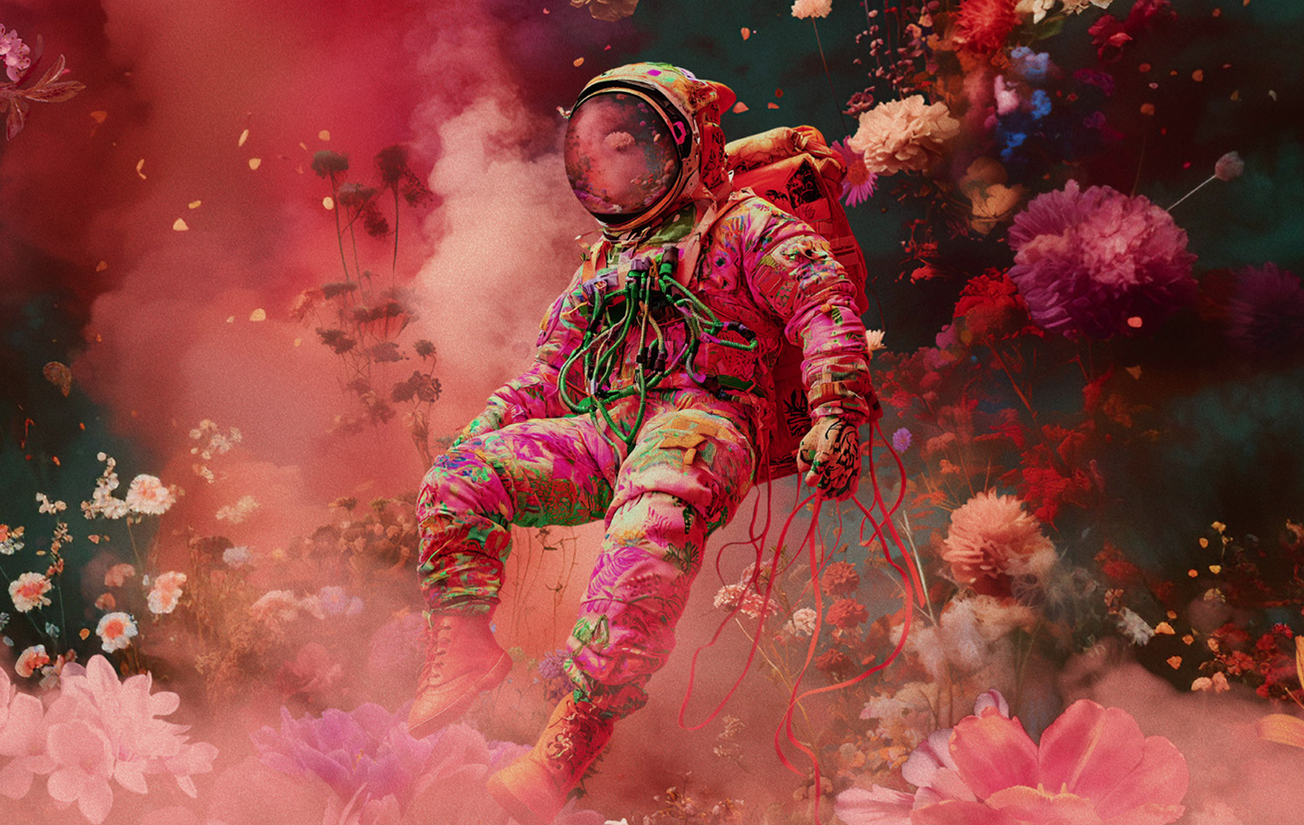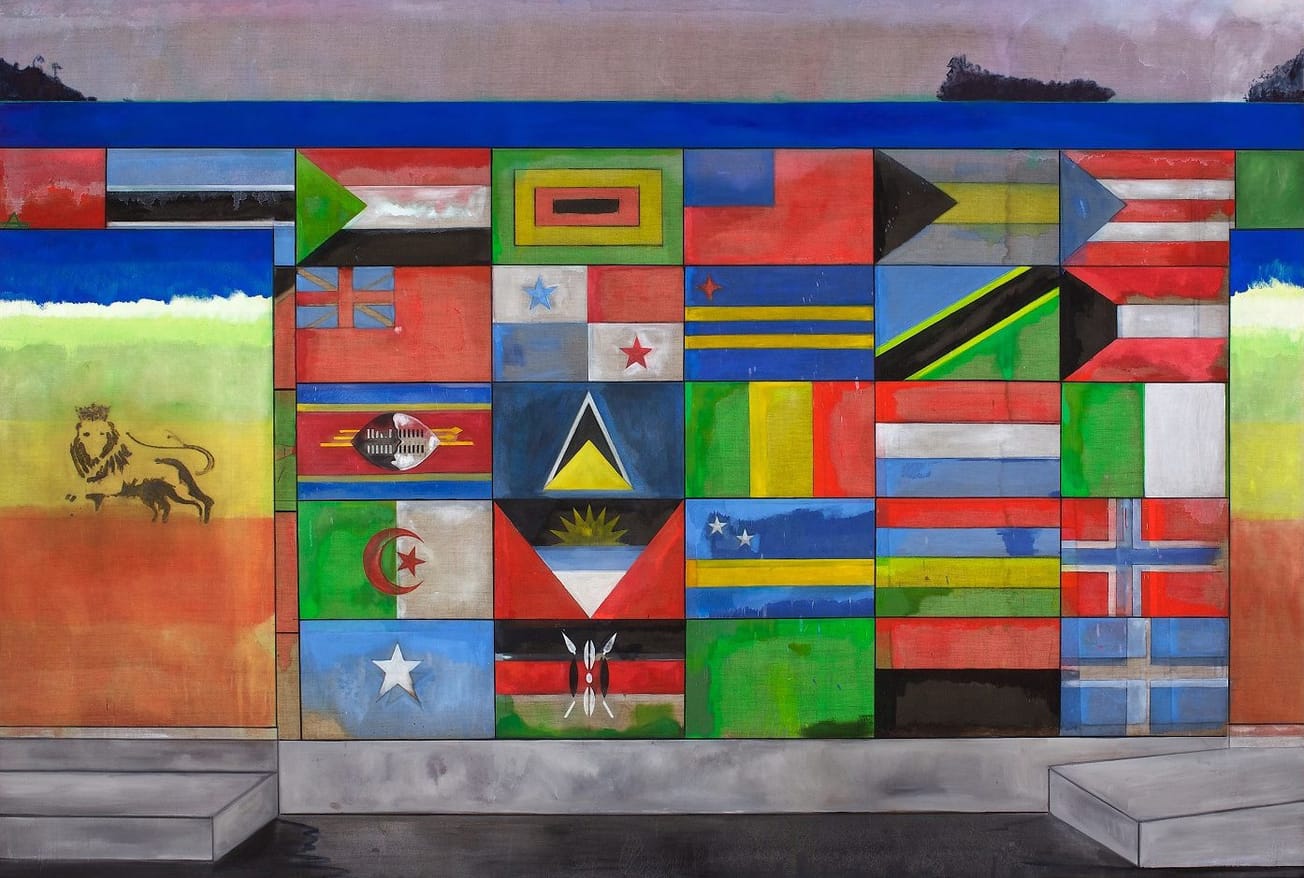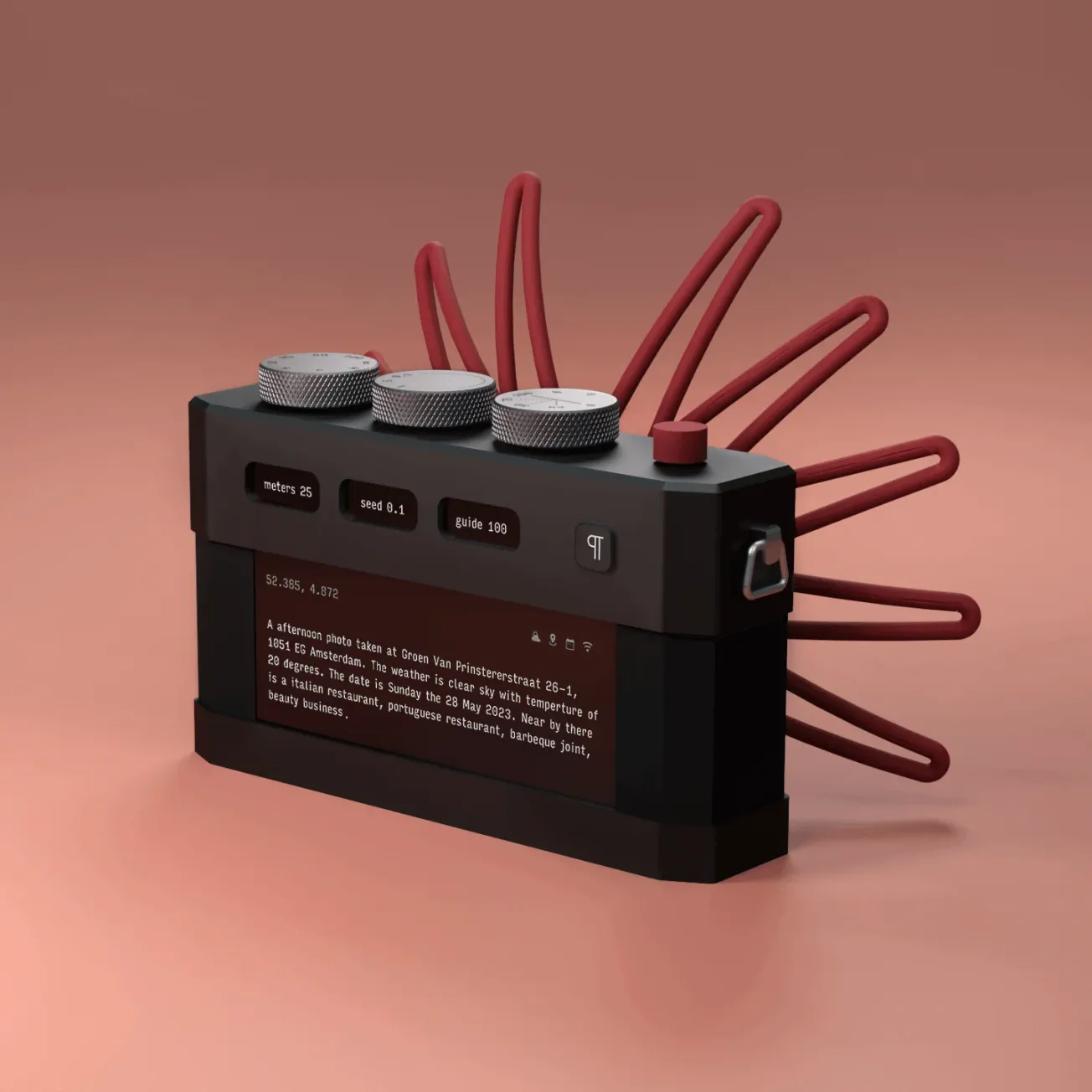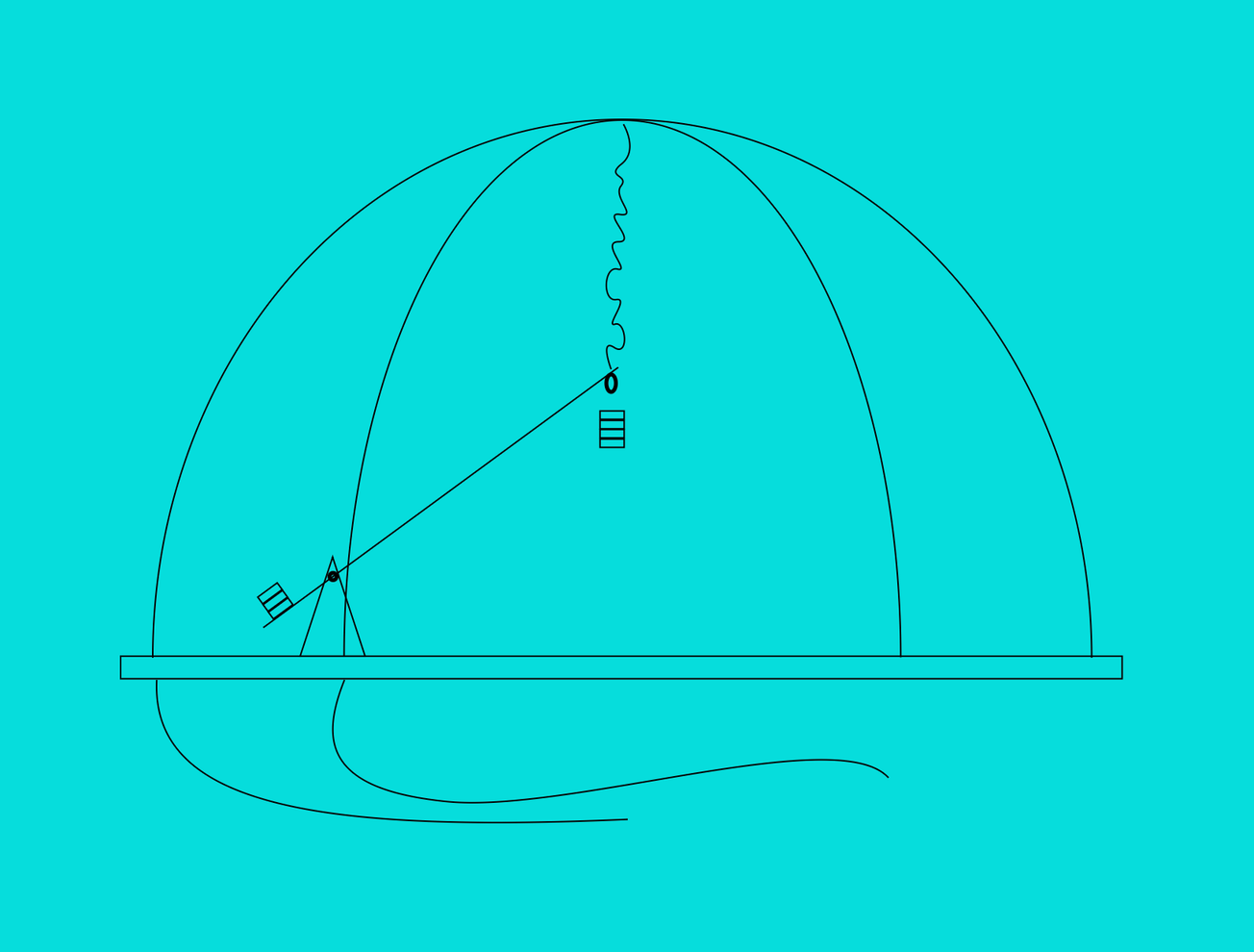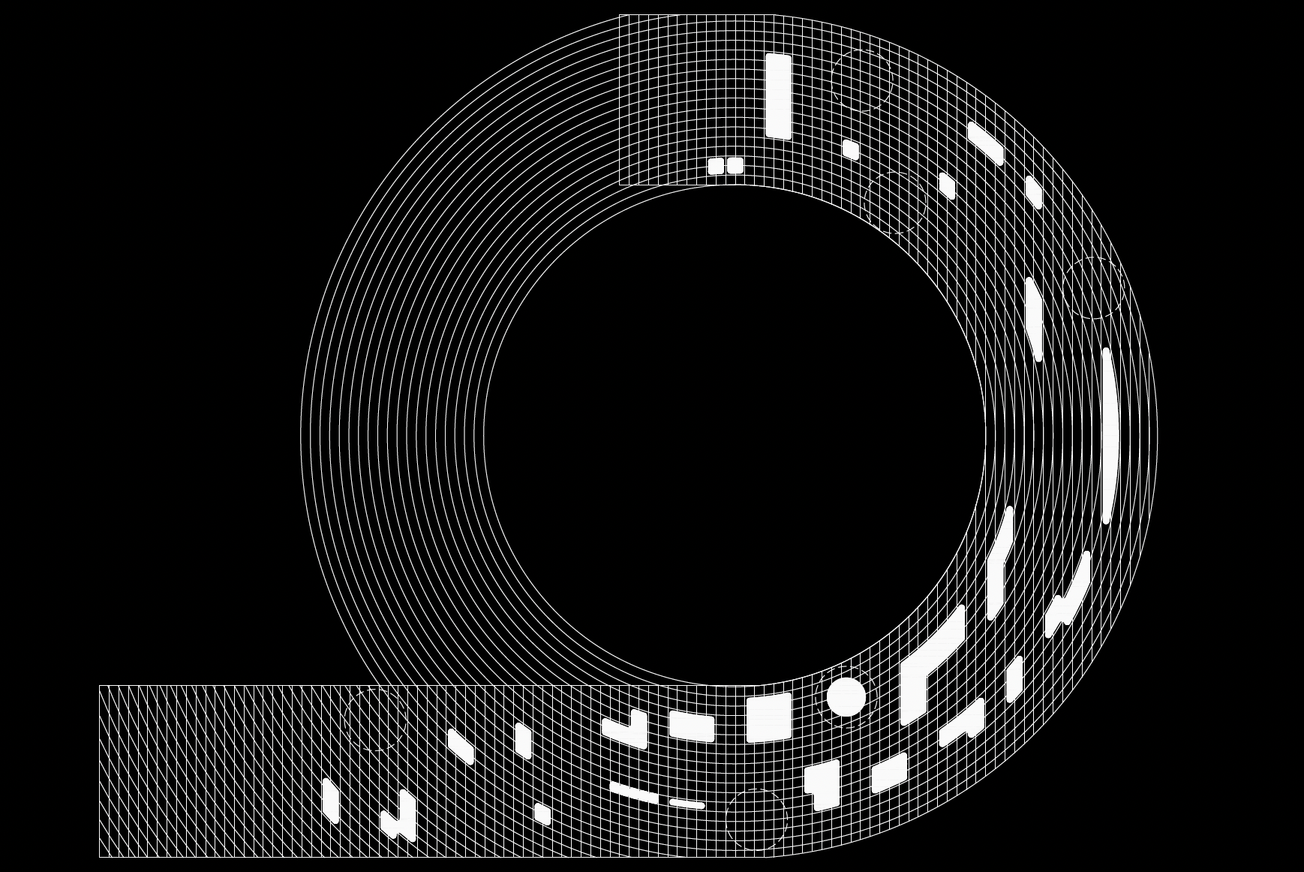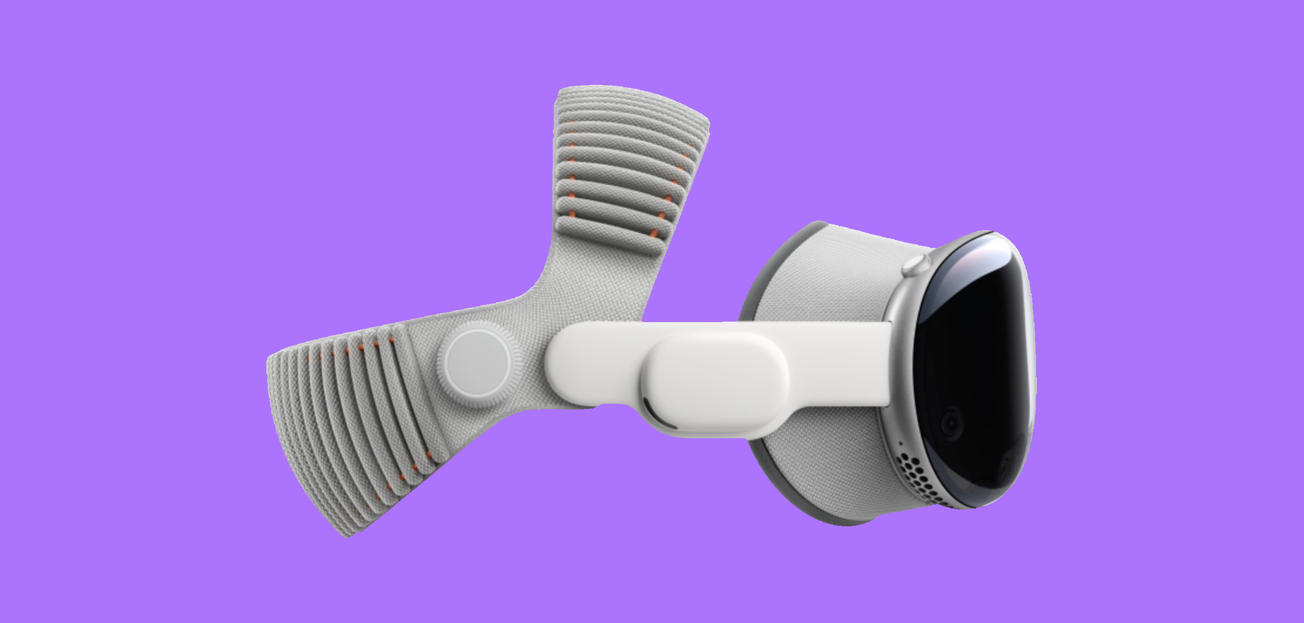At The Regent’s Park, Frieze London 2025 positions itself less as a marketplace and more as a system for cultural circulation. Now in its 22nd edition, the fair runs from October 15–19 alongside Frieze Masters, hosting over 280 galleries from 45 countries and reaffirming its status as a global hub for contemporary art.
This year’s edition introduces Echoes in the Present, a new curated section exploring how artists rework historical narratives to address contemporary urgencies. The fair’s redesigned layout—developed by architecture studio A Studio Between—reflects that ambition. It opens the tent to more fluid spatial navigation, blending commercial and curatorial zones in ways that hint at the fair’s hybrid identity: part exhibition, part economy.
Beyond the booths, Frieze London doubles down on collaboration. The Artist-to-Artist mentorship program, supported by Tiffany & Co., highlights intergenerational exchange, while satellite events expand the fair’s footprint across the city. These activations suggest a shifting model—away from transactional spectacle and toward distributed networks of influence.
Still, the art market context looms large. With global sales softening, fairs like Frieze are recalibrating around experience and engagement rather than acquisition. The tension between visibility and value—between art’s market and its public—defines Frieze’s current experiment.
In 2025, the question isn’t whether art fairs still matter. It’s how they evolve into infrastructures that sustain not just sales, but the shared cultural systems art depends on.

